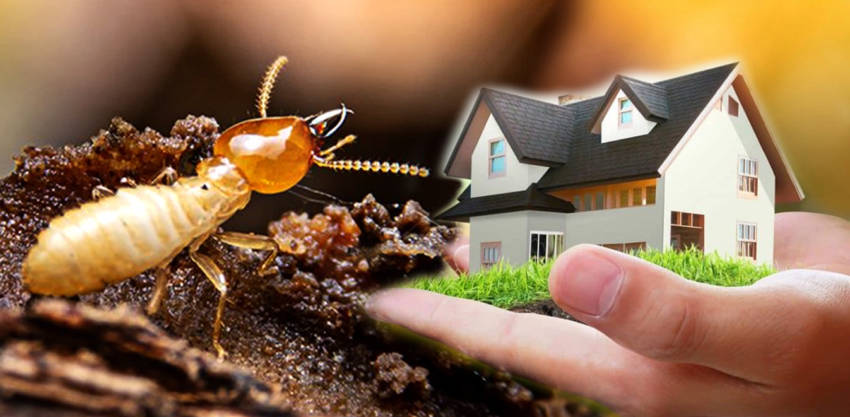The Silent Destroyers: How Quickly Can Termites Destroy a Home
Introduction: Unveiling the Threat Within
When it comes to pests that can wreak havoc on a home, termites often top the list. These silent destroyers might be tiny, but their insatiable appetite for wood can lead to significant structural damage. In this blog post, we will explore just how quickly termites can turn a sturdy home into a weakened and vulnerable structure, highlighting the importance of pest control measures in safeguarding your property.
1. Termites 101: Understanding the Culprits
Termites are small insects belonging to the order Isoptera. While they play a crucial role in the ecosystem by breaking down dead plant material, their natural behavior becomes problematic when they infest human structures. Termites feed on cellulose, a component found in wood, paper, and other plant-based materials. Unfortunately, the cellulose-rich components of our homes make them a prime target for these pests.
2. The Different Types of Termites
There are three main types of termites that can invade homes: subterranean termites, drywood termites, and dampwood termites. Subterranean termites nest underground and build tunnels to access their food sources. Drywood termites live within the wood they consume, while dampwood termites thrive in high-moisture environments. Each type poses a unique threat to homes.
3. Rapid Destruction: How Fast Can Termites Work?
The speed at which termites can destroy a home depends on several factors, including the termite species, the size of the colony, and the availability of food. In optimal conditions, a mature termite colony with hundreds of thousands of members can consume about a pound of wood per day! This might not sound like much, but over time, it adds up.
Subterranean termites, known for their vast underground networks, are particularly efficient at causing damage. They can quickly chew through support beams, flooring, and other wooden elements, weakening the structural integrity of a home. In some cases, significant damage can occur within months.
4. Signs of Termite Infestation
Detecting a termite infestation early is crucial in preventing extensive damage. Keep an eye out for the following signs:
-
- Mud Tubes: Subterranean termites build mud tubes on walls and foundations to create a path between their nests and food sources.
- Discarded Wings: Swarmers, the reproductive members of termite colonies, shed their wings after mating. Finding discarded wings around windowsills and entry points is a clear sign of termite activity.
- Hollow-Sounding Wood: Tap wooden structures around your home. If they sound hollow, it could indicate termite damage.
- Bubbling or Uneven Paint: Termites produce moisture as they tunnel through wood, causing paint to bubble or appear uneven.
5. Protecting Your Home: Pest Control Measures
Given the destructive potential of termites, taking proactive pest control measures is essential. Here are some steps you can take:
-
- Regular Inspections: Schedule regular termite inspections with a professional pest control service.
- Moisture Control: Address moisture issues in and around your home, as damp environments attract termites.
- Wood-to-Ground Contact: Avoid direct contact between wood and soil, as it provides termites with an easy entry point.
- Termite-Resistant Materials: Consider using termite-resistant building materials when renovating or constructing your home.
- Chemical Treatments: Pest control professionals can apply liquid termiticides or set up bait stations to eliminate termite colonies.
Conclusion: Acting Swiftly Against the Silent Destroyers
Termites might be small, but their potential to cause significant damage to homes is immense. Being aware of the signs of termite infestation and implementing preventive measures can save your property from their relentless appetite for destruction. Remember, when it comes to termites, early detection and prompt action are your best defenses against their silent onslaught. Don’t wait until it’s too late – safeguard your home today!


Add Comment